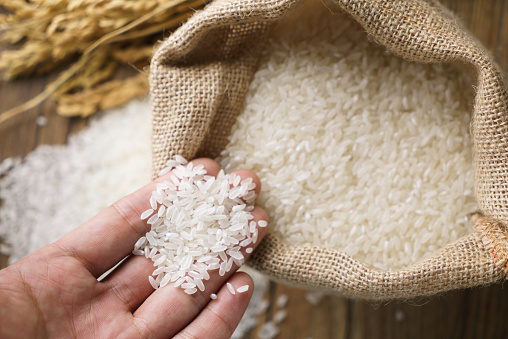Kruti Dave, Pune
According to an order issued on Saturday, the Union government has temporarily stopped the export of any basmati rice cargo that is being sold overseas for less than $1200 per tonne. However, shipments contracted above that price barrier will still be permitted.
A highly sought-after, high-value export from India would experience a slowdown due to the action. In 2022–2023, the nation exported basmati rice worth about $4.79 billion, mainly to the Middle East and the US.
The world’s top exporter of grains banned the export of all grades of non-basmati white rice on July 20, pushing worldwide prices to a 12-year high. This was measured by the Food and Agriculture Organization’s (FAO) rice price index to combat persistently high food costs. The recent restrictions on basmati export will cause significant price increases worldwide.
This comprises around 80% of all rice shipments, and about 40% of the world’s rice commerce is from India.
In a letter sent to the Agricultural and Processed Food Products Export Development Authority (APEDA), the commerce ministry stated, “There are reliable field reports regarding misclassification and illegal export of non-basmati white rice, and it has been brought to the attention of the government that the non-basmati white rice, export of which has been prohibited with impact from July 20, 2023, was being exported under the HS codes of parboiled rice and basmati rice.”
“Contracts for Basmati exports with a value of $1,200 per MT only and above must be registered for the issuance of registration-cum-allocation certificate,” the letter’s additional advice stated.
APEDA will form a committee to carry out the change.
Since the ban on the export of non-basmati white rice, demand for basmati rice has increased by 5-7% from nations in the Gulf Cooperation Council and Europe, driving up global prices.
According to trade sources, the price of pure basmati rice at free-on-board (FOB) is between $1,100 and $ 1,300 per tonne, depending on the type.
Earlier this month, the price of rice in Asia soared to a nearly 15-year high due to soaring demand, production setbacks in important growers like Thailand, and concerns over possible adverse El Nino effects. The FAO rice price index reached 129.7 points in July, a 19.7% improvement over the previous month and the highest reading since September 2011.
Given that Indian rice is still less expensive than other types, there has been a significant market demand for it, which has led to record shipments in FY22 and FY23.
India’s basmati rice exports increased to 1.86 million tonnes from April 1 to August 17, up 9.35% from last year. According to figures from the commerce ministry, basmati shipments made up 4.56 million tonnes of the 22 million tonnes of rice that India exported the previous year.
